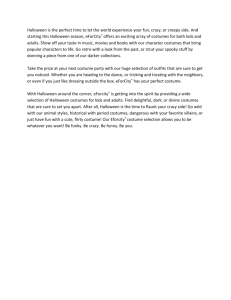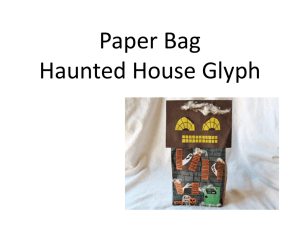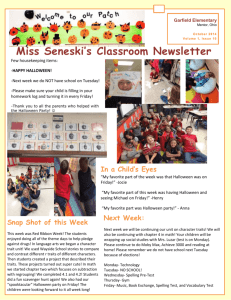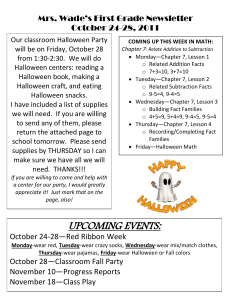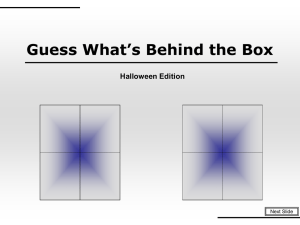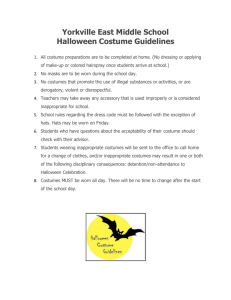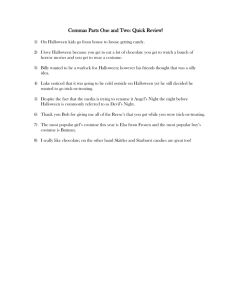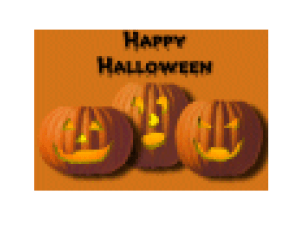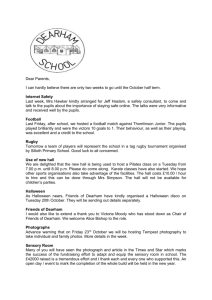halloween_v_sj_a_v_aj_zvyky_a_obyataje
advertisement
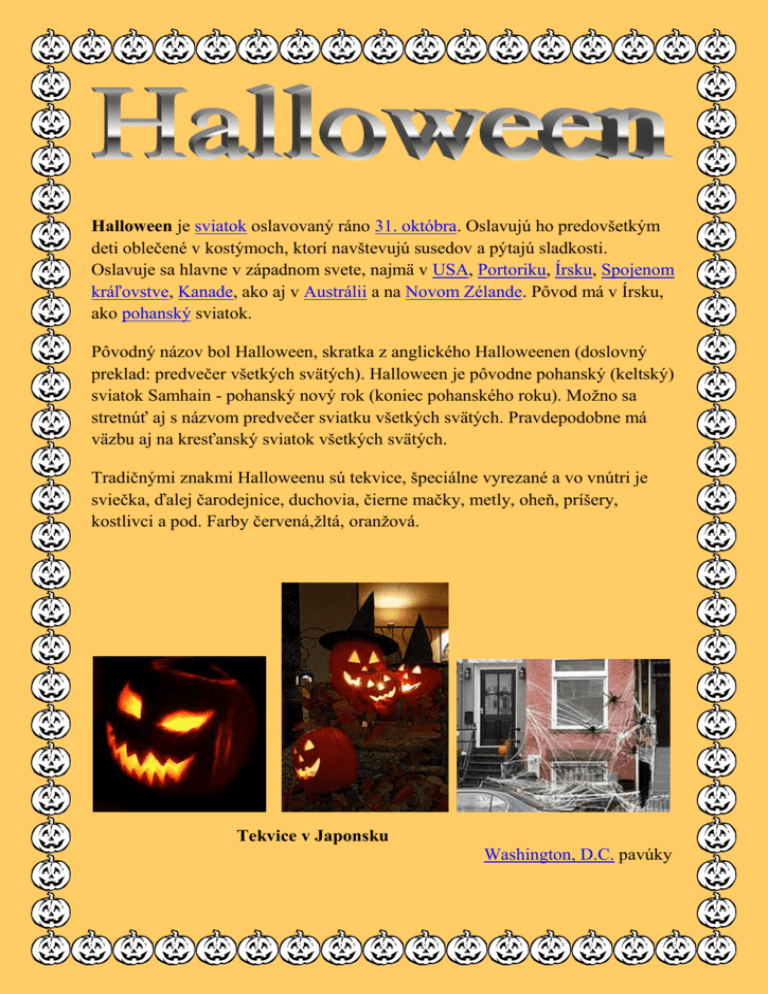
Halloween je sviatok oslavovaný ráno 31. októbra. Oslavujú ho predovšetkým deti oblečené v kostýmoch, ktorí navštevujú susedov a pýtajú sladkosti. Oslavuje sa hlavne v západnom svete, najmä v USA, Portoriku, Írsku, Spojenom kráľovstve, Kanade, ako aj v Austrálii a na Novom Zélande. Pôvod má v Írsku, ako pohanský sviatok. Pôvodný názov bol Halloween, skratka z anglického Halloweenen (doslovný preklad: predvečer všetkých svätých). Halloween je pôvodne pohanský (keltský) sviatok Samhain - pohanský nový rok (koniec pohanského roku). Možno sa stretnúť aj s názvom predvečer sviatku všetkých svätých. Pravdepodobne má väzbu aj na kresťanský sviatok všetkých svätých. Tradičnými znakmi Halloweenu sú tekvice, špeciálne vyrezané a vo vnútri je sviečka, ďalej čarodejnice, duchovia, čierne mačky, metly, oheň, príšery, kostlivci a pod. Farby červená,žltá, oranžová. Tekvice v Japonsku Washington, D.C. pavúky Halloween is an annual holiday observed on October 31. It has roots in the Celtic festival of Samhain and the Christian holiday All Saints' Day, but is today largely a secular celebration. Common Halloween activities include trick-or-treating, wearing costumes and attending costume parties, carving jack-o'-lanterns, ghost tours, bonfires, apple bobbing, visiting haunted attractions, committing pranks, telling ghost stories or other frightening tales, and watching horror films. Symbols The carving of pumpkins is associated with Halloween in North America where pumpkins are both readily available. Many families that celebrate Halloween carve a pumpkin into a frightening or comical face and place it on their doorstep after dark. The imagery of Halloween is derived from many sources, including national customs, works of Gothic and horror literature (such as the novels Frankenstein and Dracula), and classic horror films (such as Frankenstein and The Mummy) . Homes are often decorated with these types of symbols around Halloween. Halloween imagery includes themes of death, evil, the occult, magic, or mythical monsters. Traditional characters include ghosts, witches, skeletons, vampires, werewolves, demons, bats, and black cats. The colours black and orange are associated with the celebrations, perhaps because of the darkness of night and the colour of fire, autumn leaves or pumpkins. Trick-or-treating and guising Trick-or-treating in Sweden. People dressing in Halloween Costumes in Dublin. Trick-or-treating is a customary celebration for children on Halloween. Children go in costume from house to house, asking for treats such as candy or sometimes money, with the question, "Trick or treat?" The word "trick" refers to a (mostly idle) "threat" to perform mischief on the homeowners or their property if no treat is given. In this custom the child performs some sort of trick, i.e. sings a song or tells a ghost story, to earn their treats. Hallowe’en provided an opportunity for real strenuous fun. No real damage was done except to the temper of some who had to hunt for wagon wheels, gates, wagons, barrels, etc., much of which decorated the front street. Costumes Costumes are traditionally those of monsters such as vampires, ghosts, skeletons, witches, and devils, or in more recent years such science fiction-inspired characters as aliens and superheroes. There are also costumes of pop culture figures like presidents, athletes, celebrities, or film, television, and cartoon characters. Another popular trend is for women (and in some cases, men) to use Halloween as an excuse to wear sexy or revealing costumes, showing off more skin than would be socially acceptable otherwise. Halloween costume parties generally fall on, or around, 31 October, often falling on the Friday or Saturday prior to Halloween.
